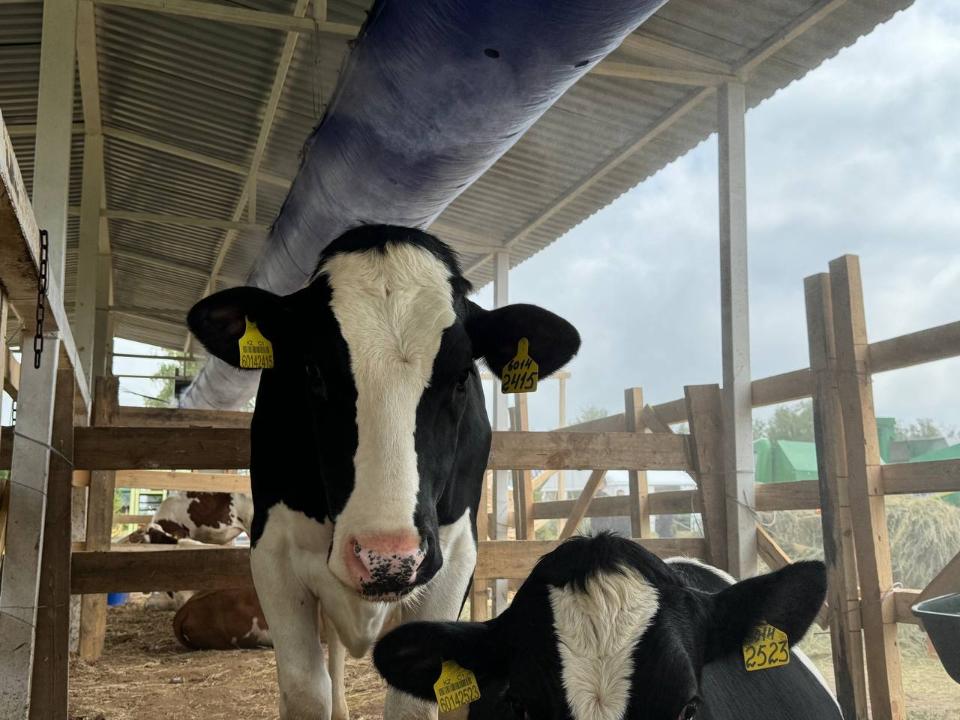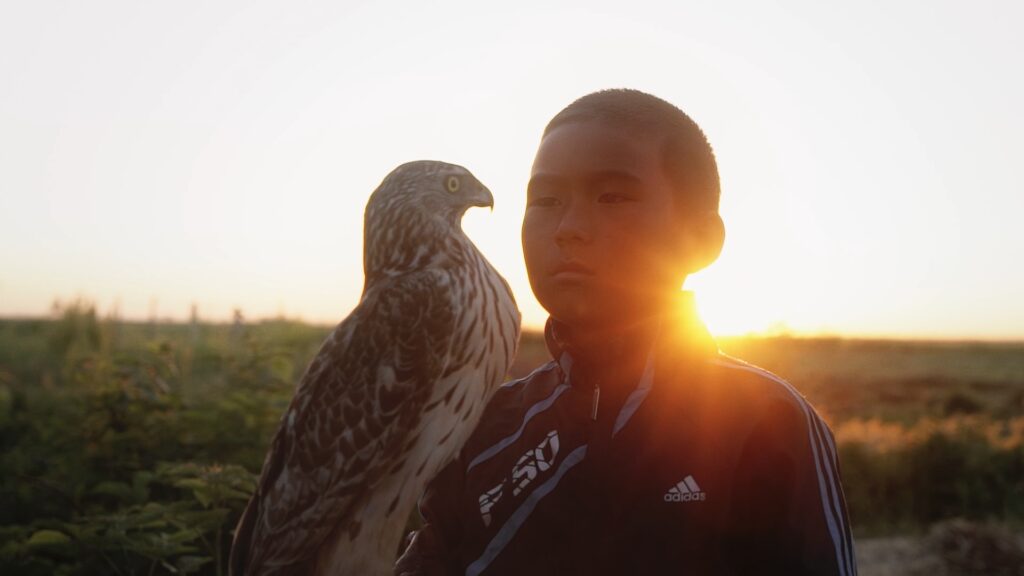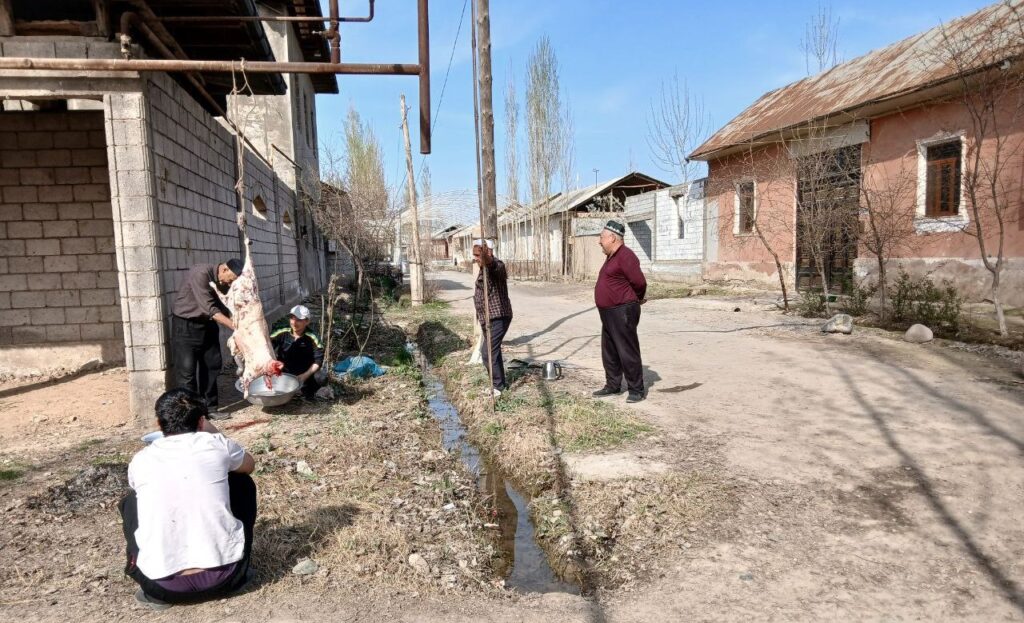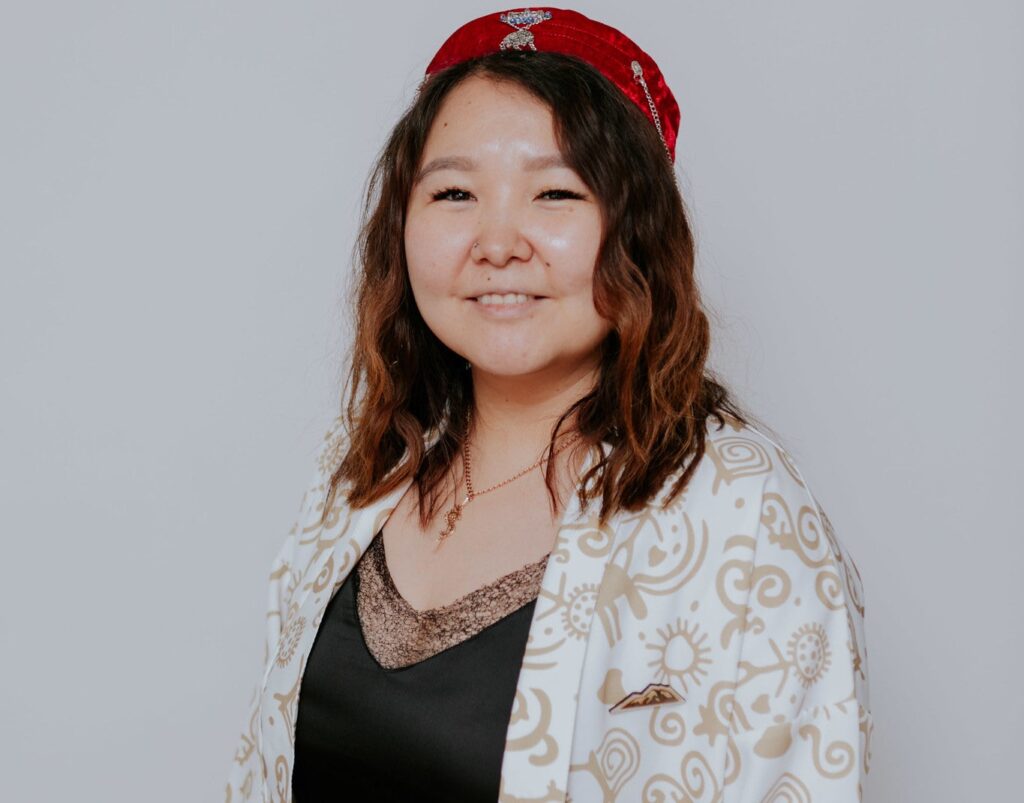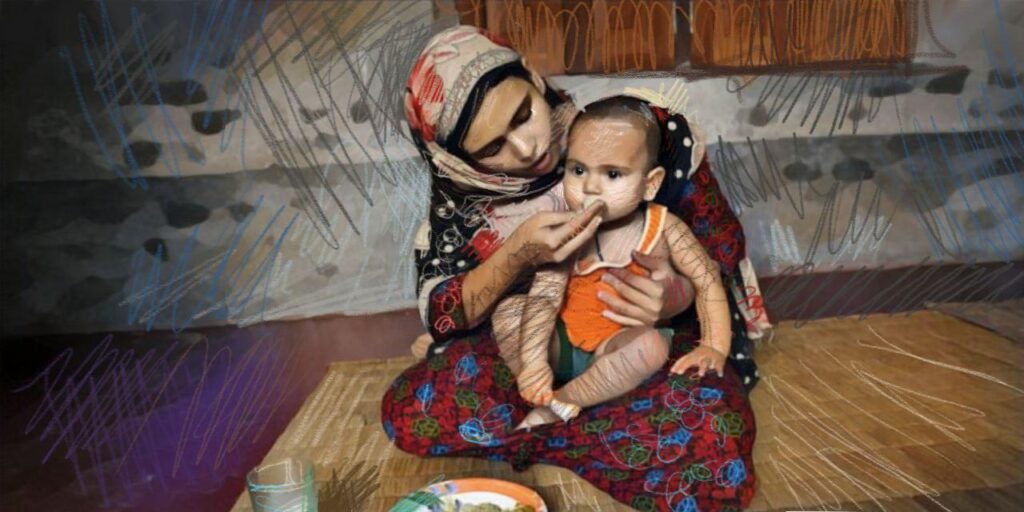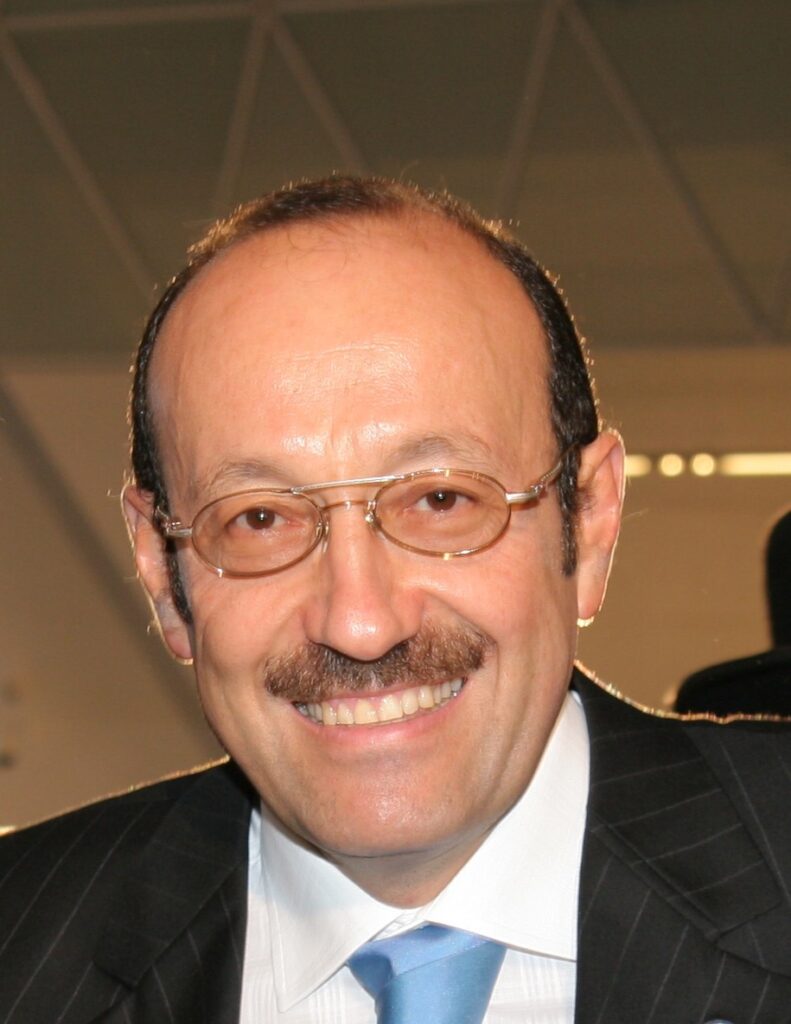Since 2021, Kazakhstan’s milk production has increased by almost 20% and exceeded 600 thousand tons. Over the next three years, that volume is set to double to 1.2 million tons, through a government preferential financing program announced by Kazakh Minister of Agriculture Aidarbek Saparov at the 3rd International Forum of Dairy Farming and Processing, PRO Milk 24.
The forum held in Astana last week, gathered over 500 milk producing and processing enterprises, as well as dairy industry experts from 12 countries, to share their best practices.
The minister outlined government measures to lower the cost of milk. As animal feed accounts for up to 70% of the cost of milk production, the Ministry of Agriculture plans to diversify fodder crops, increase their yields, and develop efficient irrigation.
At last year’s forum, it was reported that whilst Kazakhstan’s milk processing reached 2.1 million tons, the import of raw milk remained high, increasing from 580 thousand tons in 2022 to 800 thousand tons in 2023.
In addition to increasing domestic milk production, Kazakhstan needs to reduce the share of imported dairy products, the bulk of which comprises cream, butter, and cheese.
Speaking at the forum, Bauyrzhan Aitkulov, Director of the Projects Department at Kazakh Invest, stressed the importance of adopting new approaches to improve investment in the dairy industry and in this regard, said that the Government of Kazakhstan is introducing proactive mechanisms for attracting investment and expanding its measures of support.
